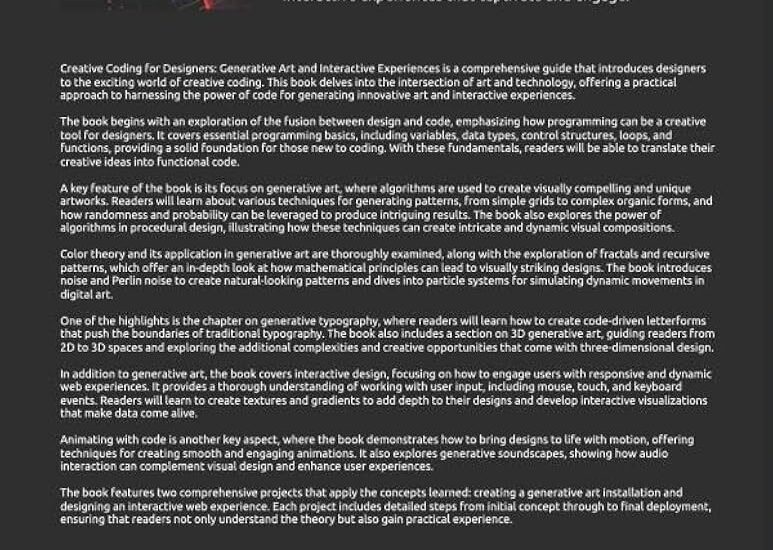Interactive Experience Techniques
In today’s fast-paced digital world, the importance of creating engaging and meaningful interactions with users cannot be overstated. With the rapid advancement of technology, businesses and marketers are increasingly focusing on developing interactive experiences that captivate their audience and foster deeper connections. This article delves into various interactive experience techniques, exploring their significance, implementation strategies, and real-world applications.
Whether you are a marketer, a business owner, or simply someone interested in enhancing user engagement, this article will provide insights into effective interactive techniques that can elevate your brand’s presence. You will discover how to use interactive elements to enhance user experiences and ultimately drive conversions. We will also look at examples of successful interactive strategies and discuss ways to effectively implement them in your projects.
Understanding Interactive Experiences
Before diving into specific techniques, it’s important to define what an interactive experience entails. An interactive experience refers to any activity that requires user engagement and participation, leading to a two-way communication channel between the user and the digital platform. This can take many forms, including games, quizzes, polls, and interactive content like videos or infographics.
The Importance of Interactivity
Interactive experiences are essential for several reasons:
- Enhanced Engagement: Users tend to engage more with content that requires their input or participation.
- Improved Learning: Interactive elements can facilitate better understanding and retention of information.
- Higher Conversion Rates: Engaged users are more likely to take desired actions, such as making a purchase or signing up for a newsletter.
- Personalization: Interactivity allows for tailored experiences based on user preferences and behaviors.
Popular Interactive Experience Techniques
1. Gamification
Gamification is the application of game-design elements in non-game contexts. It can be an effective strategy to make experiences more engaging. By incorporating elements such as points, badges, and leaderboards, brands can motivate users to interact more with their content.
For instance, many fitness apps use gamification to encourage users to meet their fitness goals. Users earn rewards for completing workouts, which fosters a sense of achievement and competition.
2. Interactive Quizzes and Polls
Quizzes and polls are excellent tools for engaging users while gathering valuable data. They can be embedded in blog posts, social media, or websites to provide a fun way for users to interact with the content.
For example, a fashion brand might create a style quiz that helps users find outfits that match their personality. This not only boosts engagement but also guides users toward products they are likely to purchase.
3. Dynamic Content
Dynamic content changes based on user interactions, preferences, or behavior. This technique allows brands to personalize the user experience in real-time. For example, an e-commerce site might show different products based on a user’s browsing history.

4. Augmented Reality (AR) Experiences
AR experiences blend the physical and digital worlds to create immersive interactions. Brands like IKEA use AR to allow customers to visualize how furniture will look in their homes before making a purchase.
This not only enhances the shopping experience but also reduces returns and increases customer satisfaction.
5. Interactive Videos
Interactive videos enable viewers to choose paths or make decisions that affect the outcome of the story being told. This approach can significantly enhance engagement as users feel more in control of their viewing experience.
For instance, a brand might create an interactive video where viewers can select different scenes or product features to learn more about various offerings. This enhances the user experience while effectively delivering marketing messages.
Implementing Interactive Techniques
1. Identifying Your Audience
Understanding your target audience is paramount when implementing interactive experiences. Analyze their preferences, behaviors, and pain points to design experiences that resonate with them. Tools like Google Analytics and social media insights can provide valuable data.
2. Setting Clear Objectives
Every interactive experience you create should have specific goals. Whether it’s increasing website dwell time, generating leads, or boosting sales, clear objectives will guide your strategy and measure success.
3. Choosing the Right Tools
There are countless tools available for creating interactive content. Depending on your goals, you may choose to use platforms that specialize in quizzes, videos, or gamification. Tools like Typeform for quizzes, InVision for prototyping, or PlayBuzz for interactive content can be helpful.
4. Testing and Iteration
Once your interactive experience is launched, it’s essential to test and monitor its performance. Collect user feedback and data analytics to understand what works and what doesn’t. Use this information to continuously iterate and improve the experience.
Case Studies: Successful Interactive Strategies
1. Nike’s “Choose Your Own Adventure” Campaign
Nike successfully implemented an interactive video campaign where users could choose different paths to follow based on their interests, such as training tips or product features. This campaign not only increased engagement but also resulted in higher conversion rates as users interacted more with the content.
2. Buzzfeed Quizzes
Buzzfeed’s quizzes are a prime example of how interactive content can drive traffic and engagement. Their playful quizzes often go viral, encouraging users to share their results across social media platforms. This has led to increased site visits and brand awareness.
Conclusion
In conclusion, interactive experience techniques offer a powerful way to engage users and enhance their experience with your brand. By implementing elements such as gamification, quizzes, dynamic content, AR, and interactive videos, businesses can create memorable interactions that drive results. As technology continues to evolve, the potential for interactive experiences will undoubtedly expand, offering new opportunities for those willing to innovate.
Brands that embrace these techniques not only enhance user engagement but also forge stronger relationships with their audience, ultimately leading to increased loyalty and conversions. As you consider how to best implement these strategies, remember the importance of understanding your audience and continually refining your approach based on feedback and performance metrics.
For additional insights and examples of interactive experiences, feel free to explore this article and this resource.
